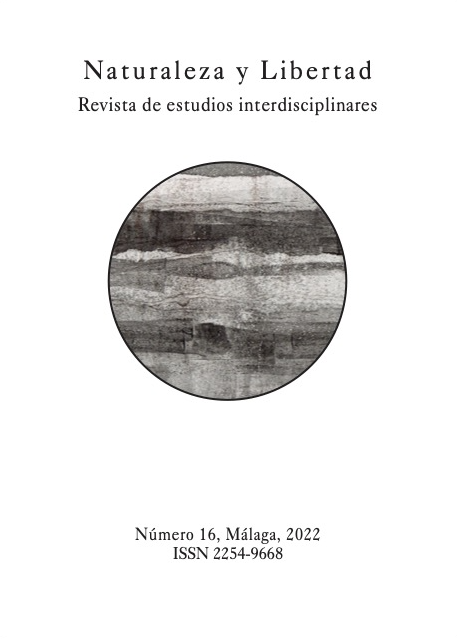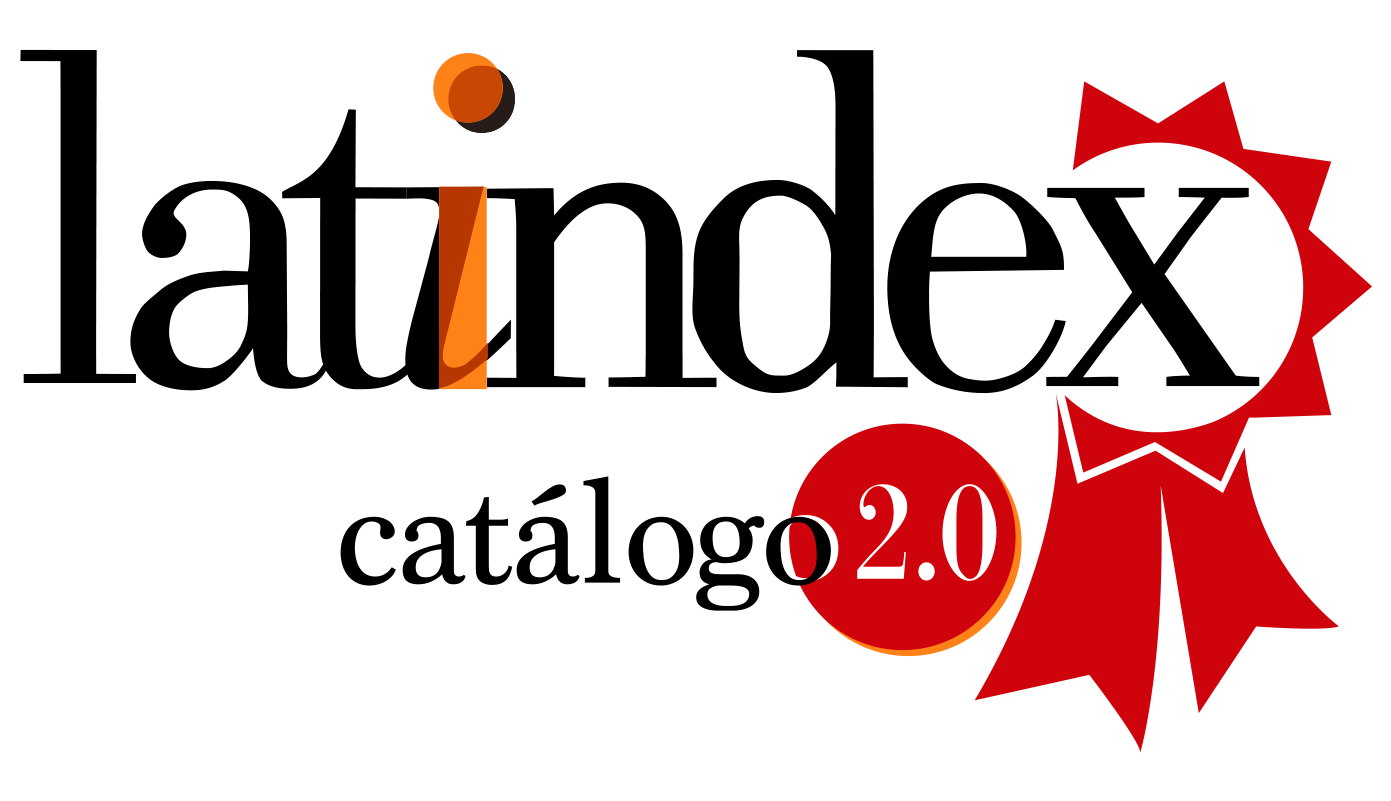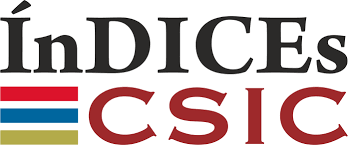Lo sensorio motor y lo simbólico en el pensamiento
DOI:
https://doi.org/10.24310/NATyLIB.2022.vi16.14138Palabras clave:
conceptos, neurología, lingüística, matemática, PensamientoResumen
Se analizan los fundamentos semánticos de los conceptos desde el punto de vista de la Neurología, la Lingüística, la Matemática y la Física para concluir que si bien biológica y operativamente están fundamentados en el aparato sensorio motor y de acción del individuo, en su uso en campos de elevado nivel de abstracción, como la Matemática y la Ciencia, deben fundamentarse en un aparato interpretativo abstracto y por tanto de naturaleza simbólica. Se propone un modelo híbrido y estratificado para el pensamiento que muestra un escalamiento del nivel de abstracción de los conceptos.
Descargas
Métricas
Citas
Bellmund J, Doeller C (2021); La organización cerebral del pensamiento, Investigación y Ciencia, Mente & Cerebro (mayo/junio), 70-77
Borghi A, Scorolli C (2009); Language comprehension and hand motion simulation, Human Movement Science, vol 28, 12-27
Borghi A, Cimatti F (2009); Words as tools and the problem of abstract words meaning, in Proceeding of the 31sh Conference of the Cognitive Science Society, Amsterdam, 2304-2309
Butterworth B (2000); The mathematical brain, Papermac
Damasio A, Damasio H (1992); Cerebro y lenguaje, Investigación y Ciencia: Tema 5 (noviembre), 20-28
Dirac P (1982), Pretty mathematics, Int, Jour. Theor. Physics, vol 21, 603-605
Dove G (2010); On the need for embodied and dis-embodied cognition, Frontiers in Psychology, vol 242, 1-12
Eco U (2020); La estructura ausente. Introducción a la Semiótica, Debolsillo, Barcelona
Gallese V, Lakoff G (2005); The brain’s concepts: the role of the sensory-motor system in conceptual knowledge, Cognitive Neuropsychology, vol 22, 455-479
Glenberg A, Kaschak M (2002); Grounding language in action, Psychonomic Bulletin Review, vol 9, 558-565
Glenberg A, Sato M et al (2008); Processing abstract language modulates motor system activity, Jour. Exp. Psychology, vol 61, 905-919
Gusev V, Safuamov I (2003); Thinking in images and its role in learning Mathematics, in Proceeding of the meeting of PME and PMENA, Universidad de Honolulu, Hawai, vol 4, 87-102
Johnson-Laird P (2004); The history of mental models, Psychology of reasoning, 179-212
Paivio A (1971); Imagery and mental process, Rinehart-Winston NY
Parera López J (2021); Lenguaje y Matemática en la comunicación y el pensamiento, Llanura, Andalucía
Pecher D, Dantzig S, Schifferstein H (2009); Concepts are not represented by conscious imagery, Psychonomic Bulletin Review, vol 16, 914-919
Penrose R (1999), La nueva mente del emperador, Mitos Bolsillo, Barcelona
Piaget J (1992); El pensamiento del niño pequeño, en Seis estudios de psicología, Labor, Barcelona
Pinker S (2007); El mundo de las palabras. Una introducción a la naturaleza humana, Paidós, Barcelona
Postle N, McMahon K et al (2008); Action words meaning representation in cyto-architectonically defined primary and premotor cortices, Neuroimage, vol 43, 634-644
Pullvermüller F, Hauk O et al, (2005); Functional links between motor and language systems, Europ. Jour. of Neuroscience, vol 21, 793-797
Riehl E (2021); Categorías infinitas, Inv. y Ciencia (diciembre), 20-29
Speed L (2015); Simulating Speed in Language: Contributions from vision, audition and action. Doctoral thesis, University College London, GB
Stanfield R, Zwaan R (2001); The effect of implied orientation derived from verbal context on picture recognition, Psychological Science, vol 12, 153-156
Descargas
Publicado
Cómo citar
Número
Sección
Licencia
Aquellos autores/as que tengan publicaciones con esta revista, aceptan los términos siguientes:
1. La información de derechos de autor y licencias se describe claramente en el sitio web de la revista: todo el contenido publicado en Naturaleza y Libertad es de acceso abierto sin límite y está sujeto a la licencia Attribution-NonCommercial-ShareAlike 4.0 International (CC BY-NC-SA 4.0). El texto completo se puede consultar en https://creativecommons.org/licenses/by-nc-sa/4.0/
2. Es responsabilidad de los autores obtener los permisos necesarios para las imágenes que están sujetas a derechos de autor. Los autores cuyas contribuciones sean aceptadas para su publicación en esta revista conservarán el derecho no exclusivo de utilizar sus contribuciones con fines académicos, de investigación y educativos, incluido el autoarchivo o el depósito en repositorios de acceso abierto de cualquier tipo. La edición electrónica de esta revista está editada por la Editorial de la Universidad de Málaga (Uma Editorial), siendo necesario citar el origen en cualquier reproducción parcial o total.
3. Esta revista permite e incentiva a los autores a publicar artículos en sus sitios web personales o en repositorios institucionales, tanto antes como después de su publicación en esta revista, siempre que proporcionen información bibliográfica que acredite, en su caso, su publicación en la misma.
4. En ningún caso se publicarán artículos anónimos.





18.png)













